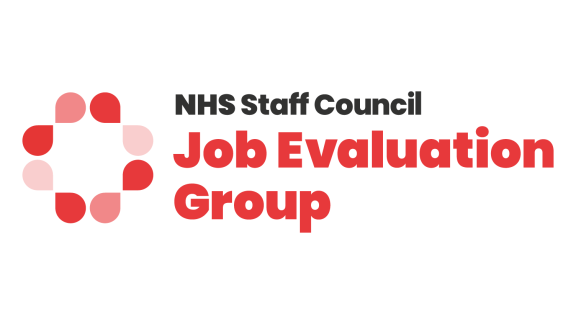Job evaluation handbook amendments

The Job Evaluation Group (JEG) is responsible for producing the NHS Job Evaluation Handbook, a comprehensive guide for organisations on job evaluation.
The handbook covers areas such as mainstreaming job evaluation, resolving blocked matching and the evaluation of jobs. It also includes details on job evaluation linked to the merger and reconfiguration of heath service organisations, weighting and scoring, band ranges and how to use job profiles.
This page contains information on amendments made to the handbook since its revision in 2018.
Amendments
Download the full table of amendments (pdf) made since 2019.
February 2024 - Chapter 5 amends
A full factor 2 rewrite to ensure consistency of definition and clarity in language across the full breadth of information provided. No new provisions have been added beyond the clarification of the existing information. The chapter has been reorganised into a table format for accessibility purposes.
January 2020 - Chapter 3 amends
New paragraph added to 7.2.
To this end, employers should work in partnership with unions to ensure that members of trade unions and other staff organisations recognised for purposes of collective bargaining at local level are recruited, trained and released appropriately to participate in the partnership operation and monitoring of the scheme. Such staff can but do not need to be accredited trade union representatives unless agreed otherwise locally, but they should be employed by their local organisation and be nominated by and accountable to their local trade union branch and/or staff side. (NB the Scottish terms and conditions committee has stipulated that staff side job evaluation/matching practitioners must also be accredited trade union reps.) In exceptional circumstances and only by local partnership agreement, job matching or evaluation may need to be done by a third party organisation to meet local capacity needs on a temporary basis (see section 8.4 for more details on when this is possible).
August 2019 - Chapter 5 amends
Insert in all current definitions the phrase “the highest level of responsibility other than the CEO”.
